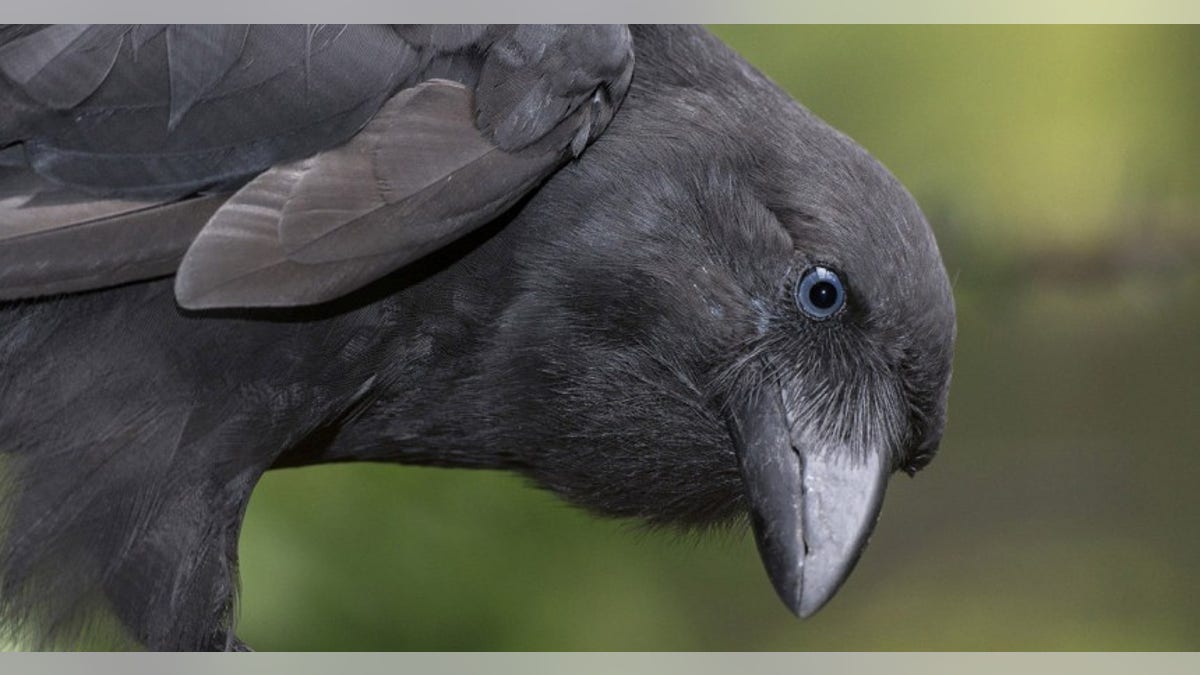
Hawaiian crow (San Diego Zoo Global)
Scientists have sequenced the genome of the Hawaiian crow, a critical step to saving a species that is on the brink of extinction.
Together with PacBio, scientists at San Diego Zoo Global and the University of Hawaii recently shared the genome results at the annual Plant and Animal Genomics XXIV Conference in San Diego. The 'Alalā, as its known, was once reduced to a population of 20 birds and is extinct in the wild due to a loss of habitat, introduced predators and disease.
Related: How a Great Wall of America could seal fate of border's endangered species (and us, too)
"In our efforts to bring species back from the brink of extinction, we have worked with a number of species that have gone through a genetic bottleneck, possibly reducing the genetic fitness of the species due to the limitations of the remaining genetic diversity," Oliver Ryder, geneticist for San Diego Zoo Global, said in a statement. "Knowing in detail the genetic pattern of the 'Alalā will help us to understand challenges faced by this species as it makes its recovery."
The sequencing of its genome is just one part of an overall plan to conserve the Hawaiian crow, a jet black bird that is darker than its North American cousin. It also has brown-tinged wings, and throat feathers that are stiff with hair-like webs and grayish shafts.
Related: Shrink playerNew treatments help save purebred bison from extinction
Conservationists are planning to reintroduce the bird into prepared habitat on the island of Hawaii later this year. Until recently, the only birds were found in the program run by San Diego Zoo Global at their bird centers in Hawaii.
"We have been working for many years to build up a large enough -- and genetically diverse enough -- population to allow us to begin putting the 'Alalā back in the wild," said Bryce Masuda, conservation program manager of the San Diego Zoo's Hawaii Endangered Bird Conservation Program. "We have achieved our goal, and are now preparing to release birds into the wild in 2016."
Related: Project could revive deer on reservation land
The program's goal has been to increase the 'Alalā flock to 75 or more individuals before releasing them into their native forests on the island of Hawaii. For species so close to going extinct, genetic fitness and the information stored in their genome may prove an important tool in the fight to save them.
"Learning more about the genome of the species can help us understand more about how that species will interact with and fit back into its native habitat," said Jolene Sutton, assistant professor at the University of Hawaii, Hilo. "Through scientific collaboration with PacBio, we now have a map of 'Alalā DNA that could prove critical to their long term recovery. We are absolutely thrilled with the quality of the sequencing, and we have already identified several gene locations that we think could have a big influence on reintroduction success."
